The stories below are about folks first experience with audio recording. Some of the videos are clips from longer interviews.
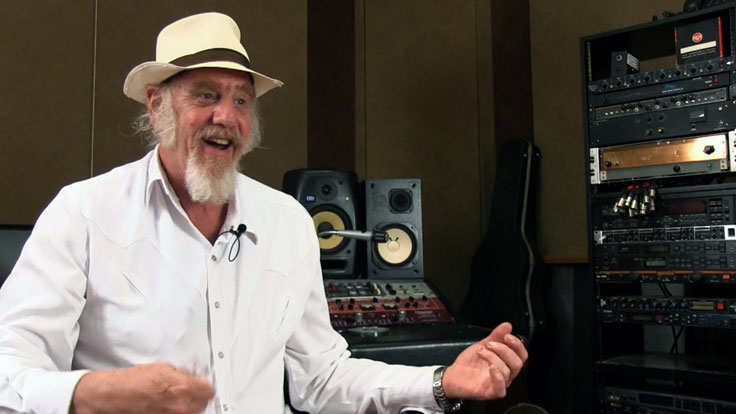
Chris and Martin Theophilus (Phantom Productions, Inc.) interviewed Ray Benson at Bismeaux Studio B for the Museum of Magnetic Sound Recording. view 1st recording • view complete interview

Joel Block's experience adds another dimension to the Museum's capturing of magnetic audio recording. His experience comes from radio and in the area of commercials, audio books, industrials, jingles and spoken word projects. We believe you will find the information about Joel's dad, Martin Block, to be fascinating as well. We hope you enjoy this MOMSR 1st recording clip. • view complete interview at this link.
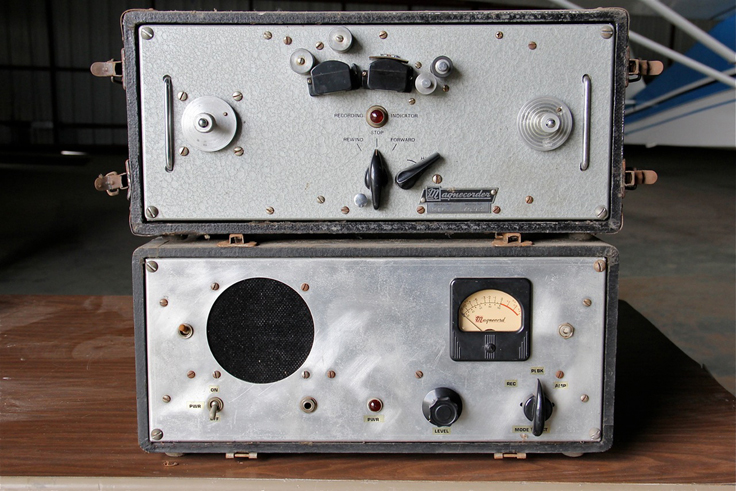 Dave Boyers - My father was a founding father of Magnecord, Inc. in Chicago. In about 1950 he brought home an engineering sample of the PT-6 transport and an amplifier unit. The transport had no case, and the amp still
Dave Boyers - My father was a founding father of Magnecord, Inc. in Chicago. In about 1950 he brought home an engineering sample of the PT-6 transport and an amplifier unit. The transport had no case, and the amp still  had layout die on the sheet metal parts. It was basically junk, but it worked.
had layout die on the sheet metal parts. It was basically junk, but it worked.
By the tender age of perhaps ten, I could splice audio tape and align the playback head. That recorder was my favorite "toy", and later served me well when I started in my commercial TV production business.
Dad once hooked up headphones to the playback head on a machine with a separate record head and had me record and listen to the delayed recording at the same time. To my amazement, I couldn't talk! (Neither can most other people) The delayed playback technique is currently being experimented with to silence speakers in public by using the same delay, shotgunned back at them. I'm sure you're already familiar with all this, but to a young boy sixty years ago, it was quite amazing.
Joe Cecil, nuclear engineer - First recording heard of himself was on A WilcoxGay disc recorder - view video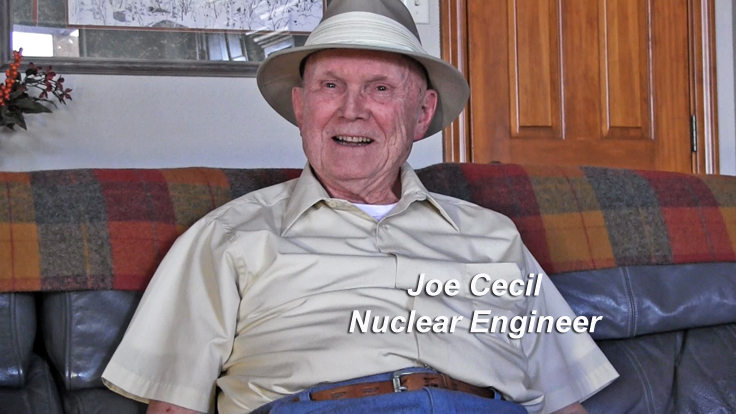
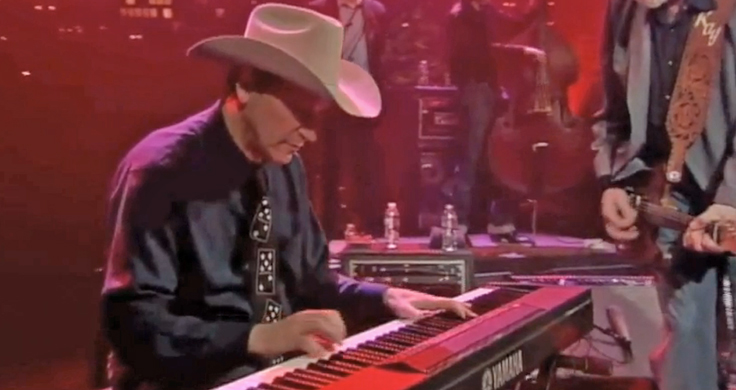
Grammy Award winning Floyd Domino shares a story about his early recording - view video • view complete interview

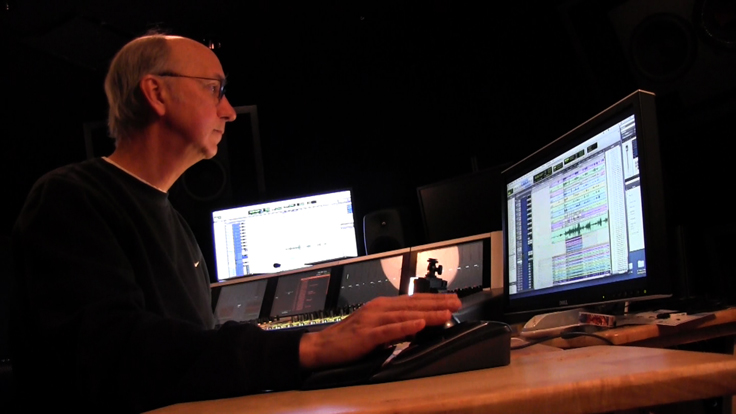
Austin City Limits Audio Director - David Hough - David recalls first recording during MOMSR interview with Chris & Martin Theophilus - view 1st Recording video • view complete interview
Jeffrey LeBrun - Surprisingly no tapes were made of me by the family, or at least none exist that I know of. I was given my first 3" Reel to Reel recorder when I was 6 years old. Japanese manufactured and i don't remember much of the Make or model. It lasted for about 6 months or so until I took it apart to see how it worked and had a difficult time trying to put it back together, so my dad threw it out. Two years later I got another one. Same thing happened again.
It wasn't until 1968 when I was 10 years old that I received a 5" SEARS portable that I have recordings saved on. My father sternly warned me of the consequences of tampering with this unit (I'll have to dig in my head to remember the model of the recorder). By this time I was much more careful in my maintenance of the unit. It served me faithfully until most of the critical caps gave out in 1980. Unfortunately this unit was lost in transit during a move. As far as hearing my voice played back for the first time....I Hated It.....so I would alter the way I used my voice for recording family interviews and anything else a kid with a vivid imagination could dream up.
I was exposed at the age of 2 to my uncle's tape recorders thru my Grandfather in the late 1950's. I was told that I would spend hours watching the reels go round, totally fascinated as m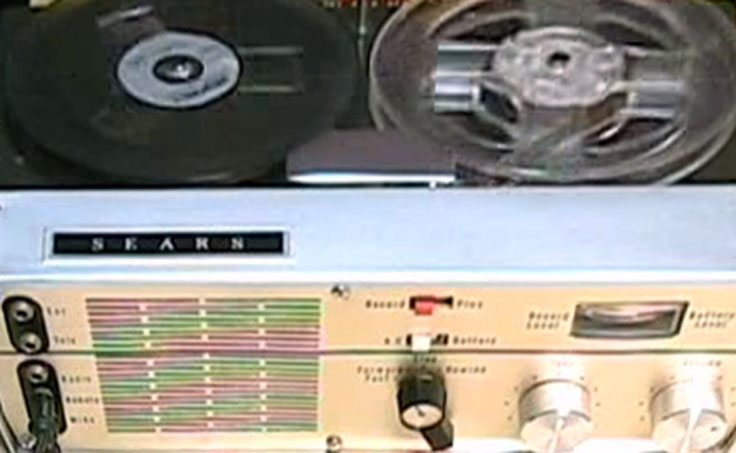 y uncle would work with the equipment. His first was a Webcor Stereophonic that i don't remember too well. His next was a Berlant Concertone 505. I think this was just around the time it was taken over by TEAC.
y uncle would work with the equipment. His first was a Webcor Stereophonic that i don't remember too well. His next was a Berlant Concertone 505. I think this was just around the time it was taken over by TEAC.
Early 1960's. Many years and tape recorders of my own later, I am still using the workhorses in my collection; A solid state unit by AGS, a Pioneer RT-707, an RT-701 and an AKAI GX-4000D (those glass heads can last forever). My family lets me indulge in this hobby, which gave me a big chuckle reading the DVD "WARNING". Lots of fun playing the OTR shows I've saved and my uncles 2 track pre-recorded tapes that I inherited.
I can tell you more about that 5" Sears reel to reel I had. It was a model 7245 portable (right) that used AC or 6 "D" cells. That would make it 9v operational. Although it came with a jumper cell (an empty aluminum "D" size cell) so the unit would run with one less battery. It was of mostly all metal construction and built to take it.....but the sound quality was best for voice. Quite lousy fidelity for music. I remember taking it to my 6th grade class for show and tell. Stole the show. All were curious about it and wanted to hear what they sounded like. I found out how badly it could perform when I recorded our class play on it with the mic. it came with. The class room was in a building circa 1927 with high ceilings and not much on the walls to deaden the room. The playback sounded like a cacophony of cats meowing with cotton in their mouths in a cave......under water. Jeff
 THANKS,MARTIN....MY FIRST MAGNETIC SOUND RECORDER WAS A '' AKAI 1800SD " IN 1966--MY PRIDE & JOY-----GRADY LARK
THANKS,MARTIN....MY FIRST MAGNETIC SOUND RECORDER WAS A '' AKAI 1800SD " IN 1966--MY PRIDE & JOY-----GRADY LARK

Robert G. Metzner, founder Califone & Roberts Recorders - (from his son Dr. Richard Metzner) - My dad remembers hearing his recorded voice using a wire recorder, but is unsure of the date. It sounded "tinny" to him.
On December 11, 2012, Chris & Martin Theophilus, Directors for the Museum of Magnetic Sound Recording, interviewed 95 year old Robert G. Metzner in his home in Beverly Hills, California. His son, Dr. Richard Metzner facilitated the interview and Robert Metzner's wife of 72 years, Esther Metzner joined in the interview and hosted lunch. more information • view complete interview
 Jeff Morris - I believe the first time I heard myself recorded was Christmas Day, 1974, when my Uncle brought over a cassette recorder. I was 2 at the time. I believe it was the same rectangular mono G.E. model that was later given to me on my 11th birthday, and which I think is still around somewhere. I just recently found this recording on an unlabeled 10-minute G.E. cassette with a purple and white label on one side only.
Jeff Morris - I believe the first time I heard myself recorded was Christmas Day, 1974, when my Uncle brought over a cassette recorder. I was 2 at the time. I believe it was the same rectangular mono G.E. model that was later given to me on my 11th birthday, and which I think is still around somewhere. I just recently found this recording on an unlabeled 10-minute G.E. cassette with a purple and white label on one side only.
The following Christmas, the present I most wanted to get was a record player, and this event was captured on (I assume) the same recorder, this time on a 90-minute K-Mart cassette with a red and white label. At this time I was aware of being recorded, whereas I'm not sure I really was the previous year, even though they played it back for me.
I was quite disappointed that record players could not record. I kept wanting to get a record cutting machine as a kid, not realizing that such things were not common household items. To satisfy this, my Aunt & Uncle gave me the cassette recorder, and that opened up a whole new world, and eventually led to me opening a recording studio.
I have since worked with many older and newer formats, as one of the things I do at my studio is transfer analog recordings to digital. All things considered, acetate 1/4" reel-to-reel tape from the 50s & 60s might be the most durable medium I've transferred, and in nearly every case I feel it sounds as good today as when it was recorded. It doesn't stretch or shed, and when azimuth and EQ are set just right, you get wonderful sound!
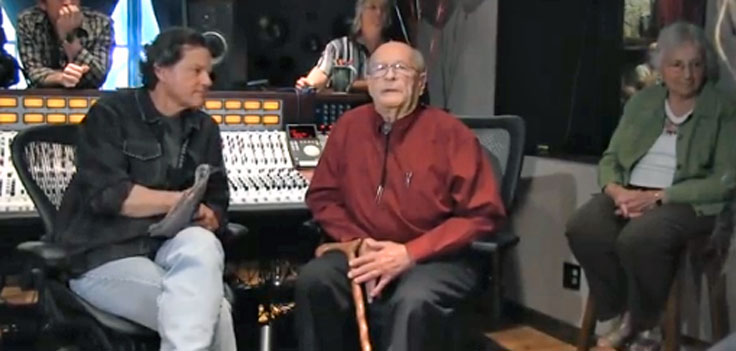
On March 16,2013 Museum Directors Chris & Martin Theophilus were invited to Dodee and Billy Crockett's Blue Rock Studios' birthday party and Neve 5088 console dedication. We arrived and wandered through the incredible facility. As luck would have it, we ended up in the back of the control room just as Rupert came in for Billy's interview. Being in a great spot, we videotaped the interview and have received permission to share it on the MOMSR web site. View 1st Recording • view complete interview
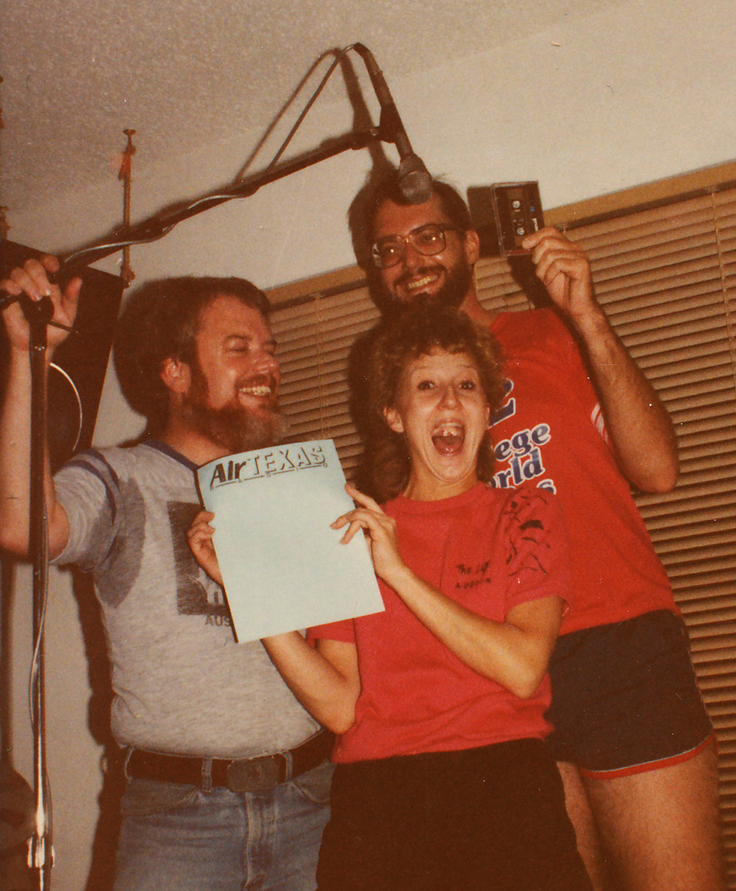 Bruce Newlin Hey old friend! When my Dad was stationed in Hawaii in 1953, he bought two mono recorders, one of which he left in Pennsylvania with my grandparents. Our family regularly recorded stuff around the house and the dinner table and sent the little 3" tapes home to the family in PA. Rather progressive for those days. I have a box full of those tapes, which have been stored in horrible conditions. I have thought of paying someone to take the box and see if anything can be salvaged and digitized. Any recommendations on who to approach? Dad brought a stereo Akai home from Vietnam in 1960 and generously let me play with it and I compiled hours of pop music for our teen parties in Nicaragua where we were assigned in the mid-60's. I'll be interested to follow the progress of your project. Cheers!
Bruce Newlin Hey old friend! When my Dad was stationed in Hawaii in 1953, he bought two mono recorders, one of which he left in Pennsylvania with my grandparents. Our family regularly recorded stuff around the house and the dinner table and sent the little 3" tapes home to the family in PA. Rather progressive for those days. I have a box full of those tapes, which have been stored in horrible conditions. I have thought of paying someone to take the box and see if anything can be salvaged and digitized. Any recommendations on who to approach? Dad brought a stereo Akai home from Vietnam in 1960 and generously let me play with it and I compiled hours of pop music for our teen parties in Nicaragua where we were assigned in the mid-60's. I'll be interested to follow the progress of your project. Cheers!
Mark Powel: It was the mid 1960's, I was around 10 yo, my brother was 8. We lived in Carbondale, IL. We found an old reel to reel tape recorder in the garbage in front of someone's house. We brought it home because we figured our dad could fix it. He was a young broadcast engineer for the SIU educational TV station.
He did fix that old, kinda beat up, Voice of Music R-700 reel to reel tape machine. We were ecstatic. We would play with it for hours. Our favorite tape recordings were ones we would play back at the wrong speed!! I loved the recording level indicator, a golden tube that glowed brighter the louder we recorded.
My dad and I, when I was a little older, played a lot of music together, he on banjo, and me on guitar. He had a Sony Reel to Reel and we played country and folk. He was Pete Seeger to my wanna be Ramblin' Jack Elliott. Those tapes are still in the family, my dad is long gone, he died too early at 63. I have been afraid to play them, the memories and emotions they will certainly evoke.
Also, in high school, a friend was an aspiring sound engineer, this was the early 70's. He had a Revox A77 and he liked it when I brought my guitar over so he could practice recording live music...The high fidelity tapes we made are somewhere long gone I think. He was in some ways inspired by the taper's section at Grateful Dead Shows.
Now I can get CD quality recording on my MacBook Pro, a FocusRite Interface and a AKG condenser mic and a Shure 57. It is no less fun, but not quite as magical.
Thanx for the opportunity to revisit those memories!
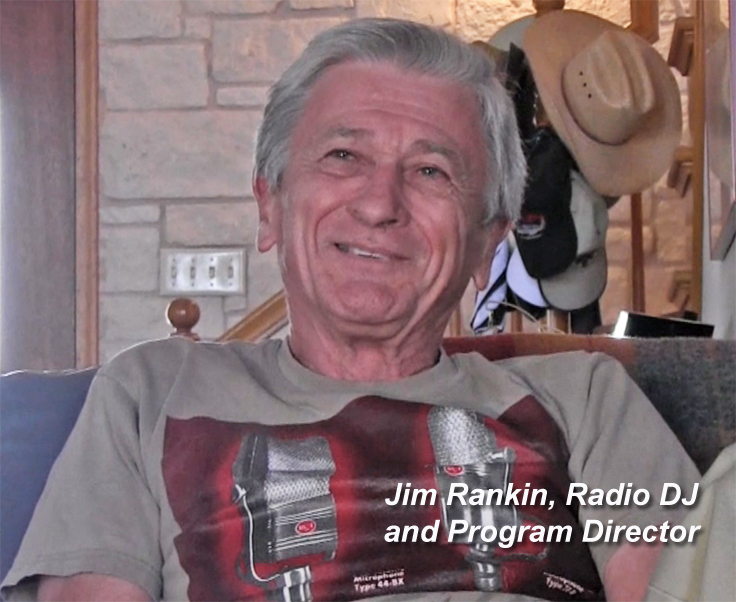 Jim Rankin, radio DJ and Program Director first heard himself on a Webcor wire recorder - view video - Jim Rankin's Vintage Radio Collection
Jim Rankin, radio DJ and Program Director first heard himself on a Webcor wire recorder - view video - Jim Rankin's Vintage Radio Collection
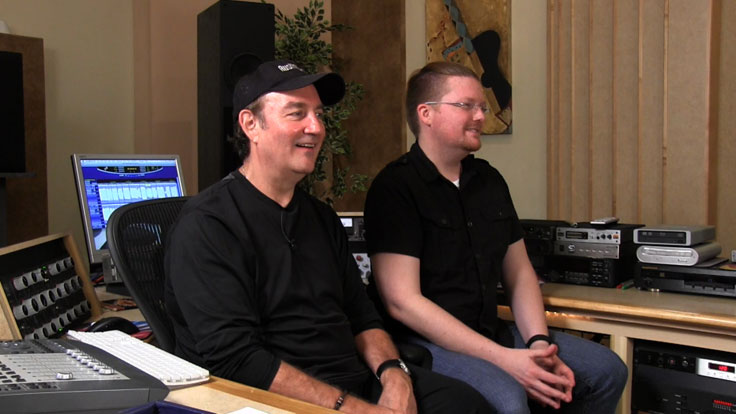
Chris and Martin Theophilus (Phantom Productions, Inc.) interviewed Jerry Tubb and Nick Landis at the Terra Nova Mastering Studios for the Museum of Magnetic Sound Recording. view video • view complete interview
 Martin Theophilus - The first time I heard myself recorded was in the KVLF the radio station in Alpine, Texas. I was there with a high school friend David Forchhiemer who was invited to the station by one of the DJs. The tape recorder was a Magnecord S-36B. I denied that it sounded like me. We spent many an evening loving the technology. That's David (left) in my "ham shack" in the early '60's. Gotta love that switchboard!
Martin Theophilus - The first time I heard myself recorded was in the KVLF the radio station in Alpine, Texas. I was there with a high school friend David Forchhiemer who was invited to the station by one of the DJs. The tape recorder was a Magnecord S-36B. I denied that it sounded like me. We spent many an evening loving the technology. That's David (left) in my "ham shack" in the early '60's. Gotta love that switchboard!

